News
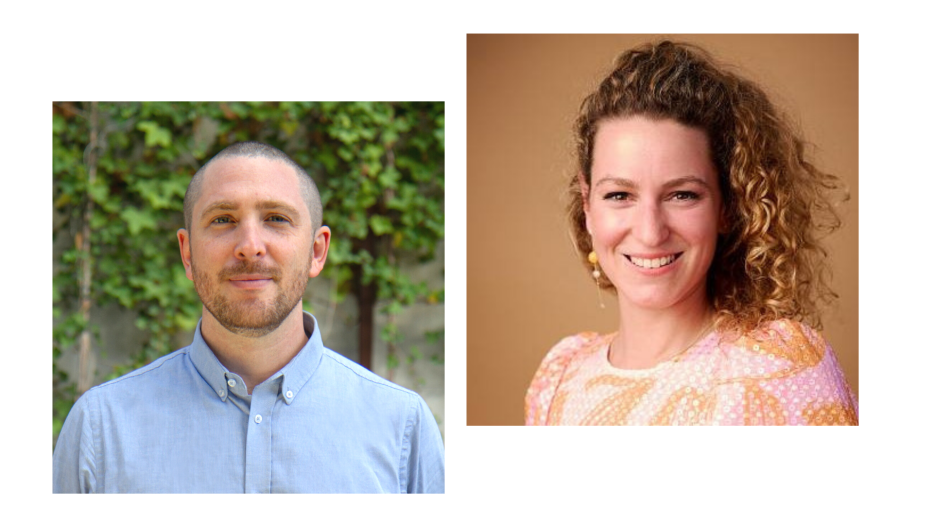
Charlotte de La Gournerie Executive Producer and Guillaume Dousse Creative Director at Sun Creature
Respectively graduates of the Bachelor's Degree in Audiovisual Production Management and the Master of Arts in Character Animation and Animated Filmmaking at GOBELINS Paris in 2013 Charlotte de La Gournerie and Guillaume Dousse joined Sun Creature studio in Denmark shortly afterwards. "Flee", the studio's latest feature film, has won over 70 festival awards including the Cristal for Feature Film at Annecy and the Grand Prize in the Sundance Documentary Competition, and was nominated for an Oscar in three categories: Animated Feature Film, Documentary and International Feature Film.
Your first feature film, Flee, was nominated for an Oscar in three categories, which is quite an achievement! What was the origin of this project ?
Charlotte : It was the first time that Jonas, the director, tried out animation. Until then he’d mostly worked on radio documentaries. The producer of Final Cut for Real, the Danish documentary production company with which we’ve worked, was looking for a studio to collaborate with and rang us.
I’ve always wanted to do animated documentaries but it’s very hard to gather funds for those kinds of projects, there are very few opportunities. We were able to set up the project thanks to the notoriety of Final Cut For Real who produced The Act of Killing and The Look of Silence, two documentaries that went to the Oscars.
Flee was selected at the Cannes Festival in 2020, but the edition didn’t happen due to COVID, then went from festival to festival winning about 70 awards then the triple Oscars nomination.
Guillaume : Since Jonas and Final Cut had never done animation before, my job was to propose an artistic and narrative style that would correspond to the Director’s intent.
Animation allows a great freedom, which led us to this mix of mediums within the movie, from realistic animation, abstract animation, to archive footage. We also had to explain the artistic intentions to the producers and project backers that never had the occasion to finance animation movies before, which are more expensive than a documentary.
My work was concluded after the project became financially secure in mid 2018 and the beginning of preproduction. Jess Nicholls took over as Artistic Director.
You both graduated from Gobelins in 2013, Charlotte in production and Guillaume in animation, How did your collaboration come about? How did you join Sun Creature studio ?
Charlotte : We both participated to “Animation without borders” in 2013/2014, me as producer and Guillaume as animation director. After our formation we both went to live in Danemark, I joined Sun Creature and Guillaume went on to develop a personal project at the Open Workshop residence.
Guillaume : Sun Creature was originally created by Danish people, which are still at the studio today, to produce a series called The Reward, Tales of Alethrion, on which Charlotte did the financing research and followed the production.
Thibaud Petipas and myself, both from the CRFA13 promotion, have met the Danes of Sun Creature at the 2011 Annecy Festival. We were all in first year and have remained friends ever since. It was in 2015 that we became associates. Charlotte had already been working with them since 2013 and Thibaud joined the pilot production in 2014. Today we are 6 co-associates, three Danish and three French.
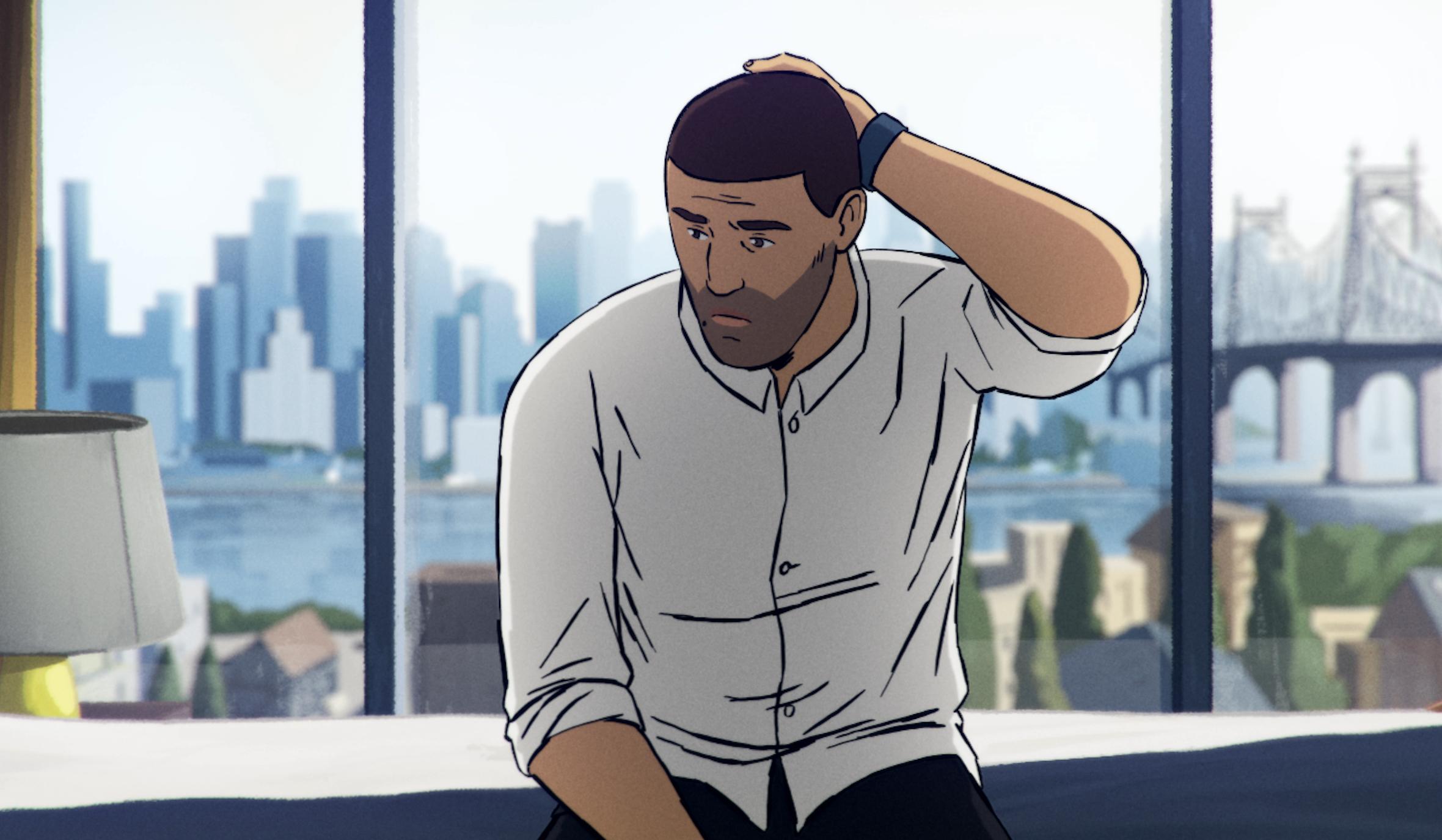
Flee, Jonas Poher Rasmussen
You hire a lot of Gobelins alumni on your projects, is the notion of network important to you ?
Charlotte : Sun Creature works exclusively on 2D projects so lots of Gobelins alumni have the skills that we look for, it is also the only school in Europe that trains production managers specifically for animation.
Guillaume : When we first launched the studio, our first network was obviously the one we made at school, meaning friends and teachers. They’re the ones who allowed us to set the foundations of the studio. Copenhagen doesn’t exactly have network brimming with artists, there are pretty few 2D studios so we’ve depended heavily on professionals that we knew and this GOBELINS network grew along with each new production.
The studio is very 2D oriented and GOBELINS are still the best when it comes to 2D. It’s a source of skills upon which we were able to rest. The industry grows larger and larger so, to me, the fact that there’s more and more students is a good thing.
Can you tell us a little more about your respective jobs ?
Charlotte : I’m a producer, I take care of gathering funds, making schedules, managing contracts and supervising teams. When we’re being financed publicly, the way it was for Flee, I manage relations with the institutions and TV channels. I also work on executive productions.
I created a branch of the studio in France as well, at Bordeaux, in which I handle all the administrative business, financial and legal. I often attend festivals and markets too, to pitch projects and find collaborations.
Guillaume : I am one of the studio’s creative directors. I usually intervene upstream of the projects and on creative strategy. I am currently directing a Netflix series, which is taking up most of my time.
My profile is a bit peculiar as I’ve had to take over plenty of different roles within the studio depending on its needs; concept and compositing artist, supervisor, artistic director, but also producer as well as executive producer on client projects. I guess it gave me a very rich overview and comprehension of production and how everything in a project is set in place.
Why did you choose to set up a branch of the studio in France ?
Charlotte : The idea is to be able to create France-Denmark projects and to use that structure to develop our own projects and co-productions while benefiting from both regional funds, European funds, and the International cinema tax credit (C2I). The success of Flee allows us to send files for future feature films or series to CNC. Our office is about 700 square meters in which we’ve invested 250 000 euros.

Flee, Jonas Poher Rasmussen
What projects are you currently working on ?
Guillaume : I’m working on a series project for Netflix, on which I can’t say much for now.
Charlotte : For 2 years I’ve been working on a series of fourty 11 minutes episodes for Cartoon Network called The Heroic Quest of the Valliant Prince Ivandoe. It will be presented at Annecy and will come out on HBO Max in November. The series will be completed in January 2023. All of the pre-production was in Denmark while the production happened in France.
Guillaume : We’ve still got a lot more projects, including one feature film currently in development, still confidential at this time. All the while we’re continuing work on short projects for ads.
We work a lot for videogames as well, Riot Games in particular. Short formats allow us to work with different artists and directors; it’s something we’re trying to maintain in the studio.
What advice would you give to a young graduate in animation ?
Charlotte : You have to speak English, it’s a must. You have to seize all the opportunities the school offers; Annecy, international internships, "Animation without borders". You have to try working in international studios. With the development of internet platforms, there are many animation opportunities, you have to seize them.
Guillaume : Internships are essential to forge yourself a path in the industry; you shouldn’t limit yourself to the obvious choices. When I did an internship in second year, everyone jumped on foreign internships to go to Los Angeles at Sony and Disney and I was the only one interested by a smaller studio that had less prestige but was absolutely amazing. You have to have a lot of experiences to get a feel of the industry and get a more precise idea of what exactly you want to do after you graduate.
Charlotte : I’ll add that it’s very important that animation and production students mix and learn from each other, the two departments have a lot to provide to one another. Young animators will have a better understanding of legal and financial matters (Intermittent status, contract negotiation) and it will allow those in charge of production to learn technical knowledge about animation, it’s a win-win situation.
Guillaume : For artists, production students are tomorrow’s recruiters, so it’s very important to build this network from the very beginning, which the program “Animation without borders” made us aware of.
Interview by Sophie Jean
 1
1
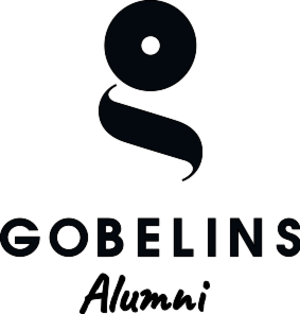








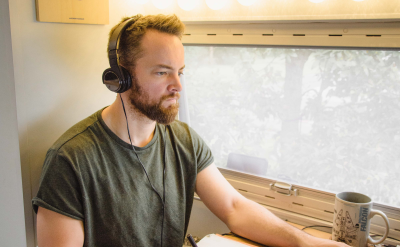
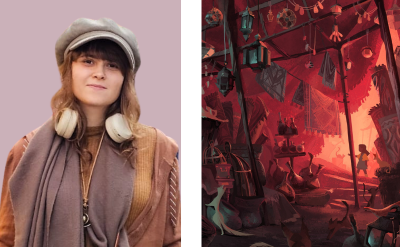

No comment
Log in to post comment. Log in.